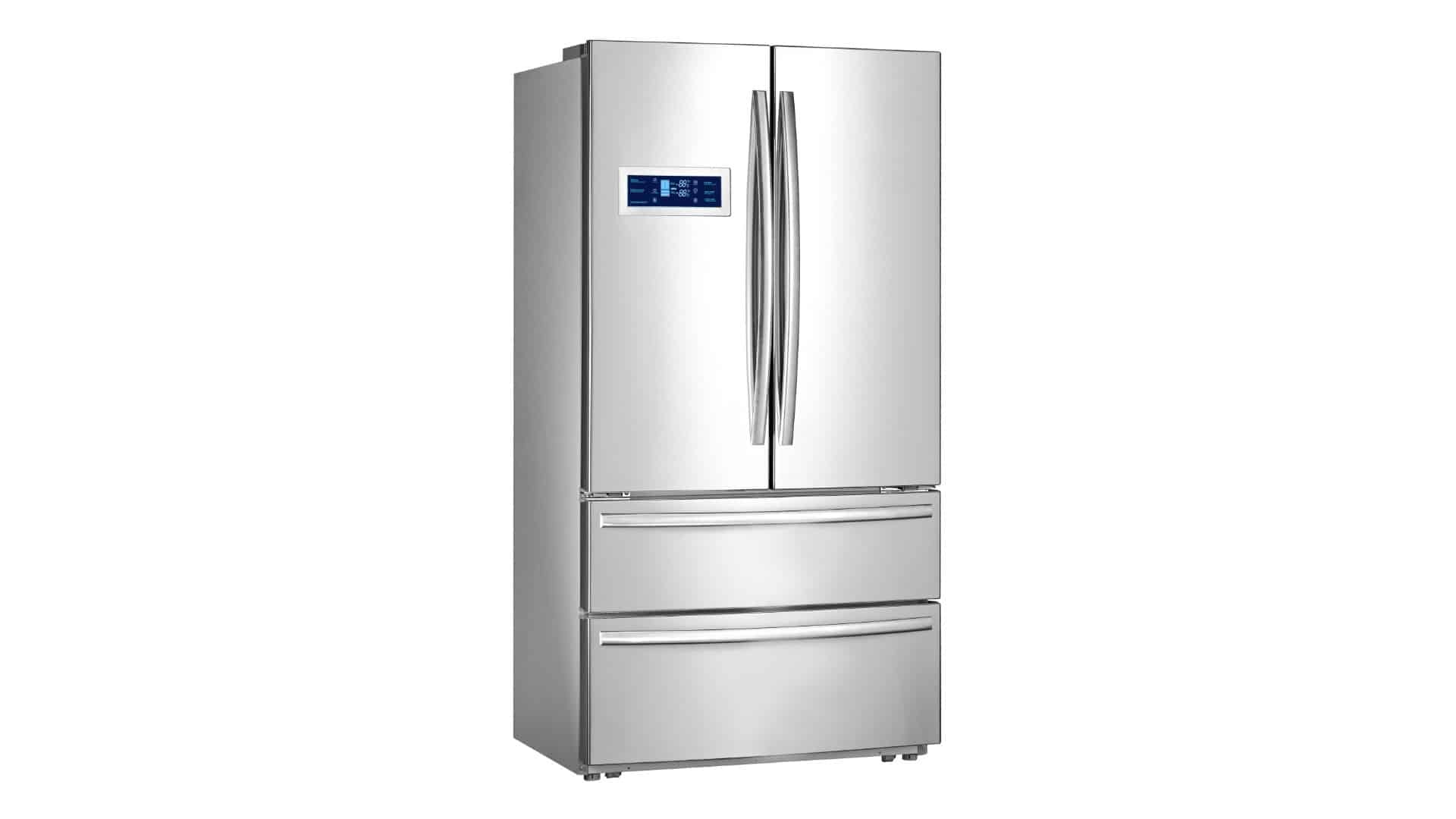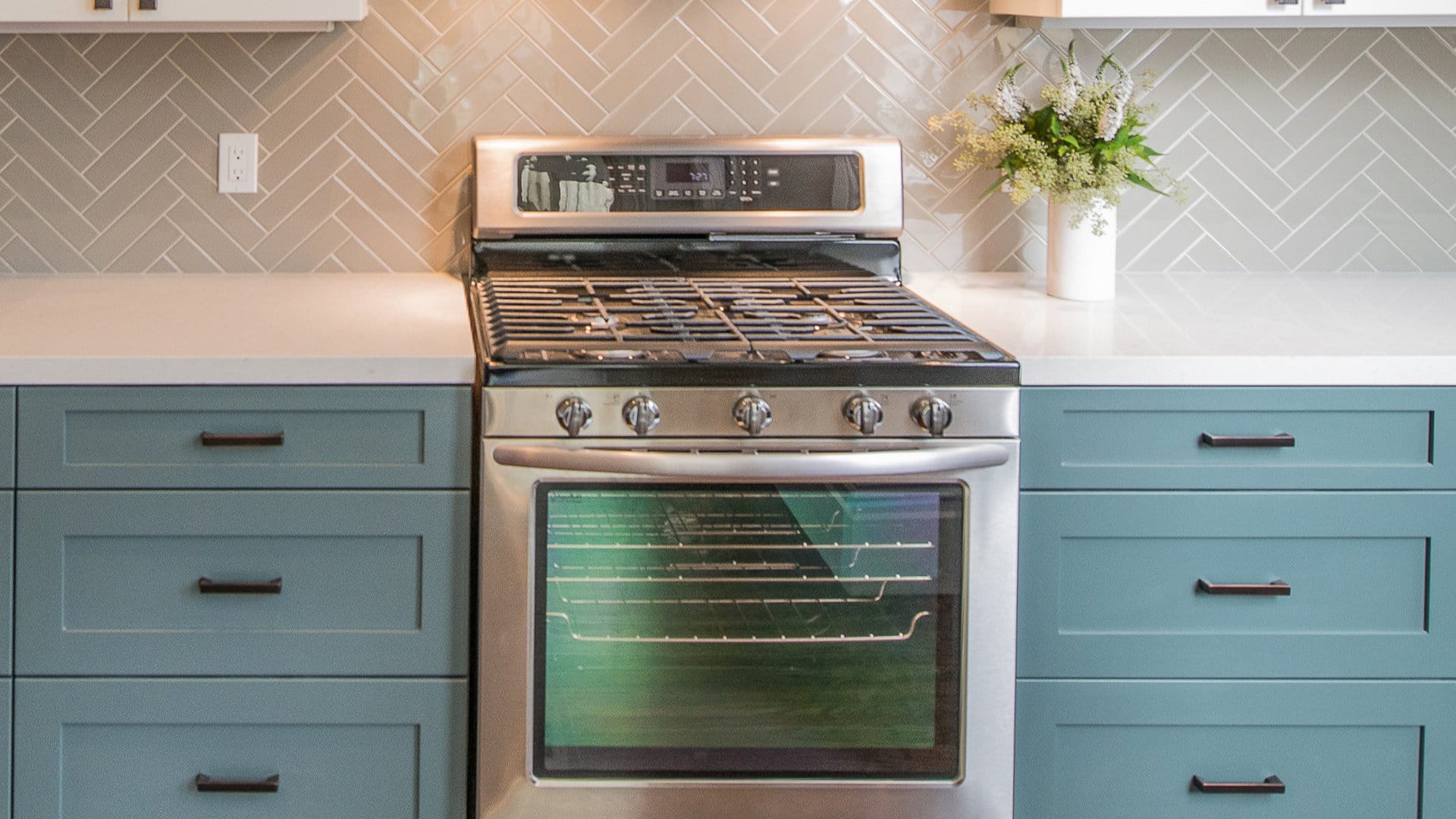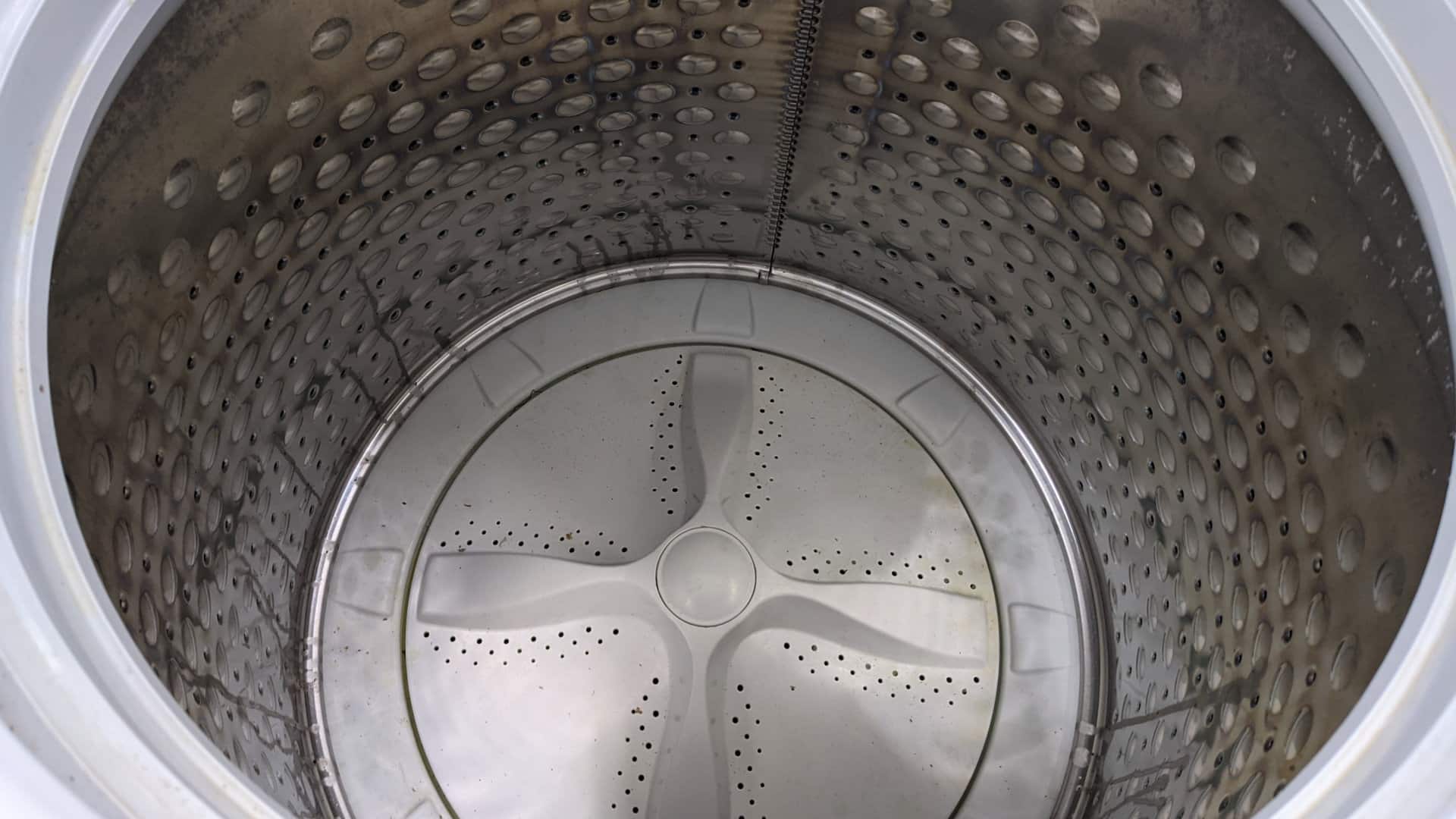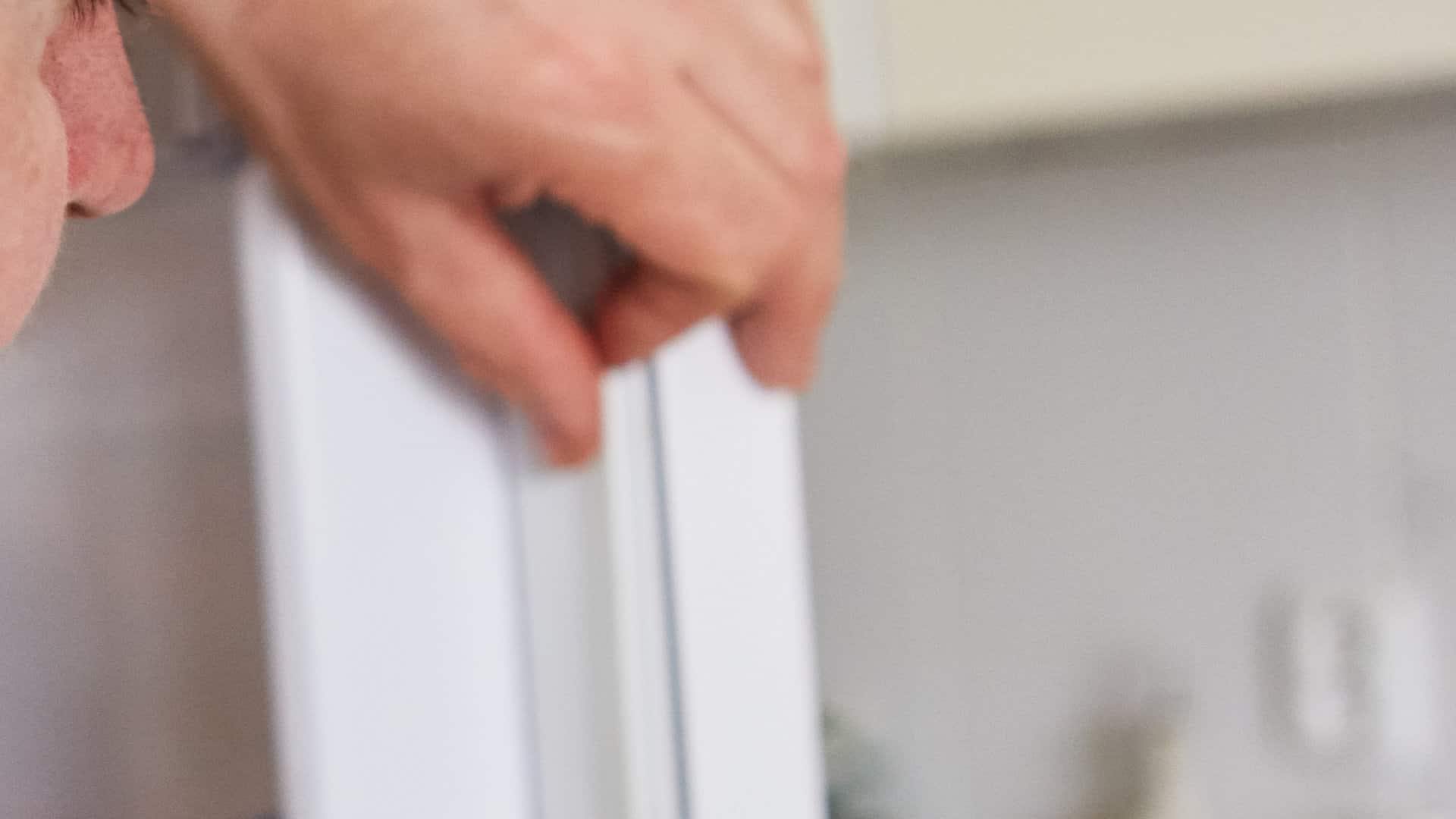
If your Samsung ice maker is not making ice, this guide is for you. All you need to do is follow our step-by-step instructions, and your fridge can start making ice again.
In most cases, fixing your Samsung ice maker is as simple as clearing a blockage in the system, but sometimes it might involve replacing a faulty component. Either way, this guide will tell you what to do.
This guide applies to all major Samsung refrigerator models, including:
RB217ABPN
RF217ACPN
RF217ACRS
RF266ABPN
RF266AEPN
RF267ABRS
RF267AERS
RF268ABRS
RF4287HARS
RF4287HARSXAA
RFG297AARS
RFG298HDRS
RS2530BBP
RS2630SHXAA
RS2630WWXAA
RS265TDRS
RS267LABP
RS267LASH
RS269LARS
RS2777SL
RSG257AARS
Step 1 – Check for ice buildup and blockages
When a Samsung ice maker ceases to function, one of the main culprits is often the accumulation of ice or a blockage within the system. Typically, ice buildup occurs in the ice maker tray or the dispenser hose.
The easiest way to remove a blockage or ice buildup is to run the auto-defrost function if your fridge has one. This will remove blockages and allow water to flow to the ice maker. If your appliance doesn’t have an auto-defrost function, you must manually defrost the ice maker unit components by turning the power off to give your fridge enough time to defrost. The process can be sped up by removing the ice maker components from your fridge and cleaning them under warm water. The main component to pay attention to is the ice tray which can sometimes become frosted over, which prevents ice cubes from being able to disperse.
You also need to ensure the water hose isn’t blocked or bent out of shape, which can stop the water from flowing. All you need to do is check the hose for any issues and rectify them if you find any.
Step 2 – Check the water inlet valve
A defective water inlet valve is another common reason for a malfunctioning Samsung ice maker. The water inlet valve connects the ice maker with the water supply line to provide the necessary water. When the ice maker requires water, the water inlet valve opens.
Over time, mineral deposits can accumulate within the water inlet valve, causing clogs and hindering its ability to open properly. Additionally, the valve may experience electrical failure. In either case, the water inlet valve will need to be replaced.
Accessing the water inlet valve will depend on the specific model of your Samsung refrigerator. Generally, you will need to remove the rear access panel at the back of the refrigerator to locate the valve. Removing screws and depressing tabs that secure the water inlet valve will likely be necessary to detach it from the fridge. Before accessing the valve for replacement, turn off the water supply to the refrigerator and disconnect the power.
Once the valve has been located, check for signs of damage and if it is blocked. If you can, remove any blockages. If the valve isn’t blocked or damaged, it must be tested. Testing the valve’s functionality requires using a multimeter to check for continuity. We strongly recommend leaving this task to a professional technician unless you have experience working with electrical components. If you test the valve yourself and find it doesn’t have continuity, it must be replaced.
Step 3 – Check the water pressure
Once the water valve has been checked and either ruled out as the cause of the problem or replaced, the next step is to check the water pressure if your fridge still isn’t making ice.
Samsung recommends maintaining a water pressure of at least 20 psi for optimal functioning of the ice maker. Insufficient water pressure can lead to the production of small or broken ice cubes.
To test the water pressure, a water pressure gauge is required. However, you can also manually check the pressure by observing the volume of water that flows out when the supply line is disconnected. The water supply line connects to the refrigerator’s water inlet valve at the back. Before accessing the waterline, it is crucial to disconnect the refrigerator’s power supply and turn off the water source. Holding the water line over a bucket and turning on the water can reveal any issues. If water dribbles out slowly, it signifies a problem with the water pressure. However, if a strong and consistent water flow is observed, low water pressure is less likely to be the cause.
If the water pressure is lower than the recommended level, either by checking it with a gauge or manually, it will need to be adjusted by a plumber, or you can do it yourself if you know how.
Step 4 – Change the water filter
If the water pressure isn’t the cause of your Samsung ice maker not working, the next step is to change the water filter. Samsung advises replacing the water filter in your refrigerator every six months. Murky water or ice is a clear sign that the filter needs to be changed, as an old filter can become clogged and hinder the ice maker’s performance.
The water filter’s specific location varies depending on your refrigerator’s model. Once you have located the filter, twist it to remove and replace it with a new one. You can then monitor your ice maker over the next few hours to check if it works correctly. If not, you will need to check the auger motor.
Step 5 – Check the auger motor
The functionality of the ice maker relies on the auger, which is responsible for stirring and dispensing the ice. When the motor of the auger malfunctions, the ice maker ceases to make ice. If you notice excessive noise from the ice maker and a failure to dispense ice, the motor is likely failing or has already failed.
Depending on the specific model, you may be able to remove the ice maker bucket and manually rotate the auger. If it turns with minimal resistance, conducting a continuity test with a multimeter can determine if the motor has indeed failed. However, removing the motor can be challenging, and it is recommended to seek assistance from a trained technician to ensure proper handling if you don’t have experience working with electrical components. If the motor is found to be faulty, it must be replaced. If the motor isn’t faulty or replacing it doesn’t fix your ice maker, you will need a technician to inspect your refrigerator. It’s possible a new ice maker unit may need to be installed.

Why Is My Microwave Sparking?

Understanding Frigidaire Dishwasher Error Codes

How to Dry Shoes in Dryer Without Damaging Them

Why Is My Dishwasher Leaking?

How to Solve Electrolux Dryer Error Code E64

Microwave Light Won’t Turn Off? Here’s Why

GE Oven F9 Error Code: How to Fix It

How to Use a Self-Cleaning Oven (In 4 Steps)

How To Use a Maytag Top-Load Washing Machine

What to Do If Your Samsung Ice Maker Is Not Making Ice

How to Fix a Microwave Turntable That’s Not Turning

How to Wash Pillows in a Washing Machine

How to Fix an Ice Maker That Isn’t Working

Broken Refrigerator Door Seal? How To Fix It


